For several years now, more and more companies globally have been transforming their organizational structure from traditional-corporate hierarchy to an “organization as a network of contacts.” Accepting the idea of “team as the center of events” and building “groups and teams” that help teams stay aligned is a fundamental and different model from the one that many companies today use to manage employees.
Creating an agile organization
According to the latest Deloitte research, redesigning companies to become more prepared for digitalization represents the number 1 human resources management trend globally (59% of companies participating in Deloitte’s global 2017 research have rated organizational structure transformation as an “urgent” priority).
Reasons for change and impact on human resources
The main reason for changing organizational structure is the increasing digitalization of processes in companies. This refers not only to creating a “digital customer experience” but also to reorganizing the company to provide digital services, continuous improvement of digital applications, and a large number of micro-services that allow clients and consumers regular communication and interaction with the products and services the company provides.
This trend directs companies toward changing organizational structure from functional hierarchies to structures based on agile teams.
This change has a major impact on human resources practices related to talent management, future leader development, and practices in the human resources function. In an organization that functions as a network, managers lead projects, not just manage people. Employees use their skills in multiple teams. Teams are often more cross-functional and need the ability to quickly form and change after completing a given project.
Impact on organizational practices
This change also has an impact on the manner and responsibilities that arise from a job position, recruitment, the goal-setting process, careers, rewards, organizational structure, and the role of management in the organization.
Topics such as the continuous process of measuring results and quality of work, digital learning, and 21st-century careers are a result of this change and represent a fundamental and existential change in the way companies operate.
This change opens the door to a new industry of software and tools designed to improve productivity. The current need is the creation of standard tools for measuring team results and work quality, sharing goals, team feedback, project management, and communication and calibration.
What does this mean for human resources professionals?
Human resources professionals need to revise their career development and talent management models according to the new principles shown in the table, as well as answer the following questions:
- How prepared are you to attract, manage, and develop employees who are part of a “network” rather than a hierarchy?
- Are your practices and models for career development, measuring results and work quality, leader development, and reward systems appropriate for the new organizational structure?
And of course, to align them with the organizational structure of the future.





